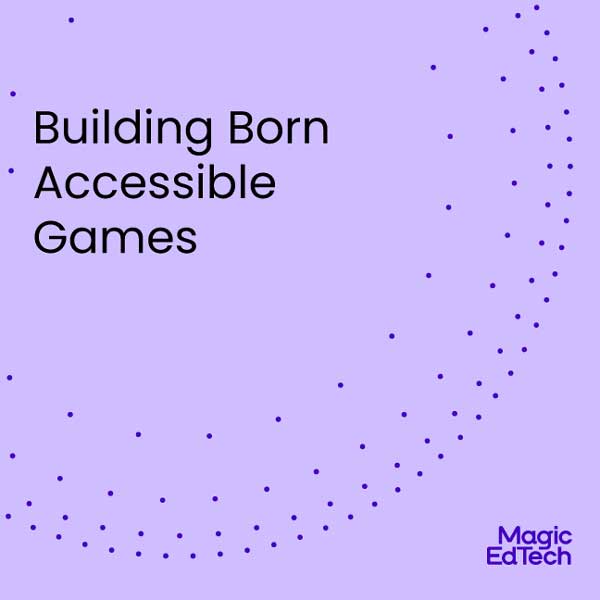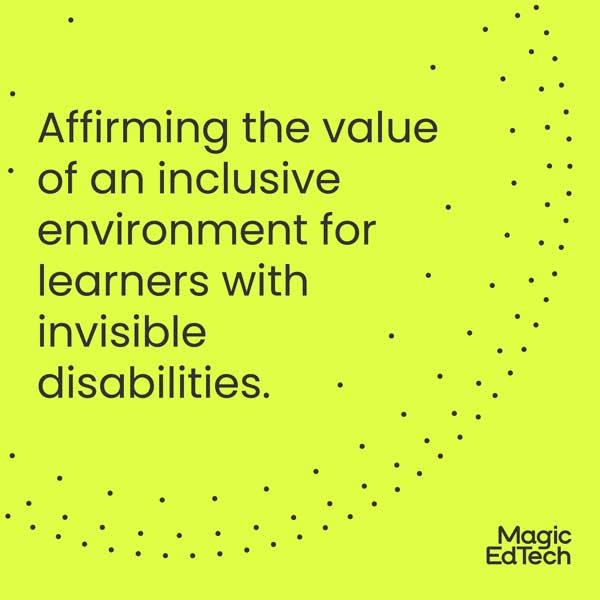Your Accessibility Audit: Unpacking VPATs and ACRs
- 7 December, 2022
- Reading Time: 3 mins
The accessibility world is full of acronyms. Even the term “accessibility” has its own: a11y. This is a way to shorten the word “accessibility:” a + 11 letters + y = accessibility. So it should come as no surprise that “VPAT” and “ACR” are two of many acronyms used in this field. But what do they stand for, and why are they important?

VPAT is short for Voluntary Product Accessibility Template. VPATs are a form that states a product’s conformance levels against specific accessibility guidelines. The VPAT was created by the Information Technology Industry Council (ITIC) to support standard reporting of accessibility conformance. Think of a VPAT as a report card. It is a way to clearly report data. It gives you an at-a-glance view of how your product may support or hinder people with disabilities. The data comes from an accessibility audit.
There are four different VPAT forms provided by ITIC because there are different accessibility laws and requirements around the world. The most recent VPATs were updated in March 2022. These are:
- VPAT 2.4 508: Revised Section 508 standards — the U.S. Federal accessibility standard
- VPAT 2.4 EU: EN 301 549 — the European Union’s “Accessibility requirements suitable for public procurement of ICT products and services in Europe”
- VPAT 2.4 WCAG: WCAG 2.1 or ISO/IEC 40500 — W3C/WAI’s recently updated Web Content Accessibility Guidelines
- VPAT 2.4 INT: Incorporates all three of the above standards
They all use the same “grading” system: supports; partially supports; does not support; or not applicable. Sometimes “not evaluated” will be used if a product has not been reviewed against related success criteria.
ACR is short for Accessibility Conformance Report. The ACR is a comprehensive report that includes information such as the Company name, the product name and description, the report date, notes, and legal disclaimer. The ACR is the identifying information for the report card so that a user can understand the whole view of what is being reported.
Why are these documents important?

These documents report which accessibility standards your product meets and where you have compliance gaps. These are frequently used in the procurement process so that purchasers can compare the accessibility conformance of products to make informed choices on what they buy. More and more frequently, we see RFPs that require the submission of these documents in order to even be considered beyond the initial stages of the buying process. This is especially true for government agencies and educational institutions.
The most important thing about these documents is their transparency. By sharing an ACR, you are voluntarily showing your commitment to making sure that your product is available to users of all abilities. Moreso, it shows where you have known gaps–which is not a bad thing! If you know where your gaps are, you can work toward closing them to improve the overall accessibility of your product. In the Remarks and Explanations column of the VPAT, information can be shared to show where a feature is not compliant and can include a detailed roadmap. This detail further allows your customers and purchasers to know where they will experience blockers. Knowledge is power, so providing this information gives them the information they need to know if your product is right for them.
How Do I Get These Reports?

Anyone can complete a VPAT and write an ACR. However, unless your team has a dedicated accessibility specialist, domain knowledge, and WCAG testing capacity, you may want to consider hiring an impartial third party to complete an audit and the report. In some cases, hiring a third party is a requirement of the RFP.
We can help! We are experts in acronyms (there were quite a few in this blog alone!) as well as accessibility. Contact us to discuss how we can support you in your accessibility journey.




